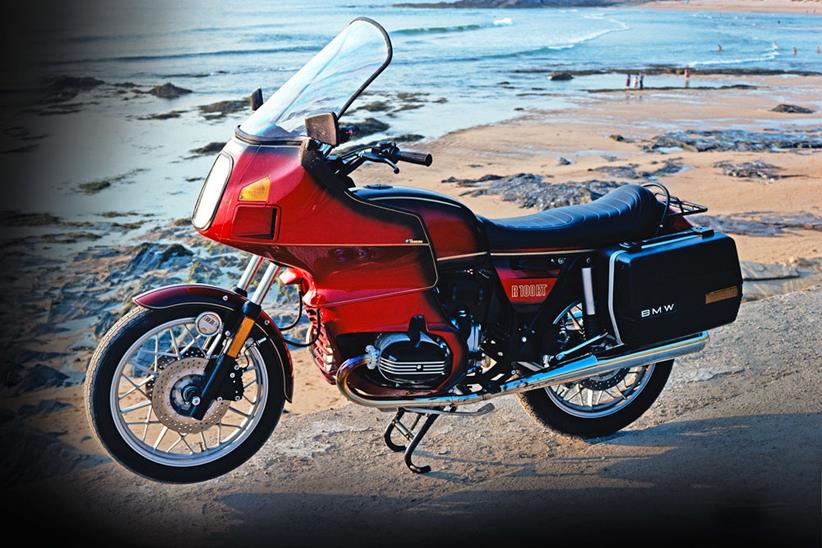Why we love the BMW R100RT
Where did it come from? In the late 1970s a strong Deutschmark meant BMW were struggling in the US, falling from sixth to 11th in the sales charts.
So they restructured the company and changed the management. Buoyed by the success of their R100RS (the first-ever faired sportsbike), the new team created a touring version, the RT, to take on Harley-Davidson’s touring range. Despite being the most expensive bike on the market at the time, sales started steadily but rose quickly.
What changed? Very little changed from 1978 until the R100RT’s demise in 1994. Even the introduction of the K100RT and K75RT did little to put off the fans, despite BMW’s intentions of canning the old air-cooled boxer range. For 1981 improvements included alloy-coated cylinders and a new clutch. The only other major update was the change to Monolever suspension in 1987.
Why do people like it? It combines the maintenance-friendly 70bhp boxer engine with a vast cocoon of a fairing, an adjustable screen and an upright riding position, and you could also have fitted panniers and heated grips. It even has car-style air vents in the cockpit. Pretty big news in 1978.
Cult rating? Depends which circles you move in. As most of the UK police forces and many riding test examiners used them during the 1980s, many bikers considered them hateful machines – 0/5. But those who want comfort and reliability still love the RT – 5/5.
The problem is… By today’s standards they are slow, fairly heavy, and need regular fettling. But all the foibles are known and there are plenty of specialists. Still, in most situations you would be better off with a K100RT.
Without the BMW R100RT… It gave us the touring bike you could walk in and buy. Before the RT you would have to buy a bike and fit your own aftermarket faring. BMW created a bike you knew would work, reliably and comfortably. All touring bikes since have followed the R100RT’s philosophy.


